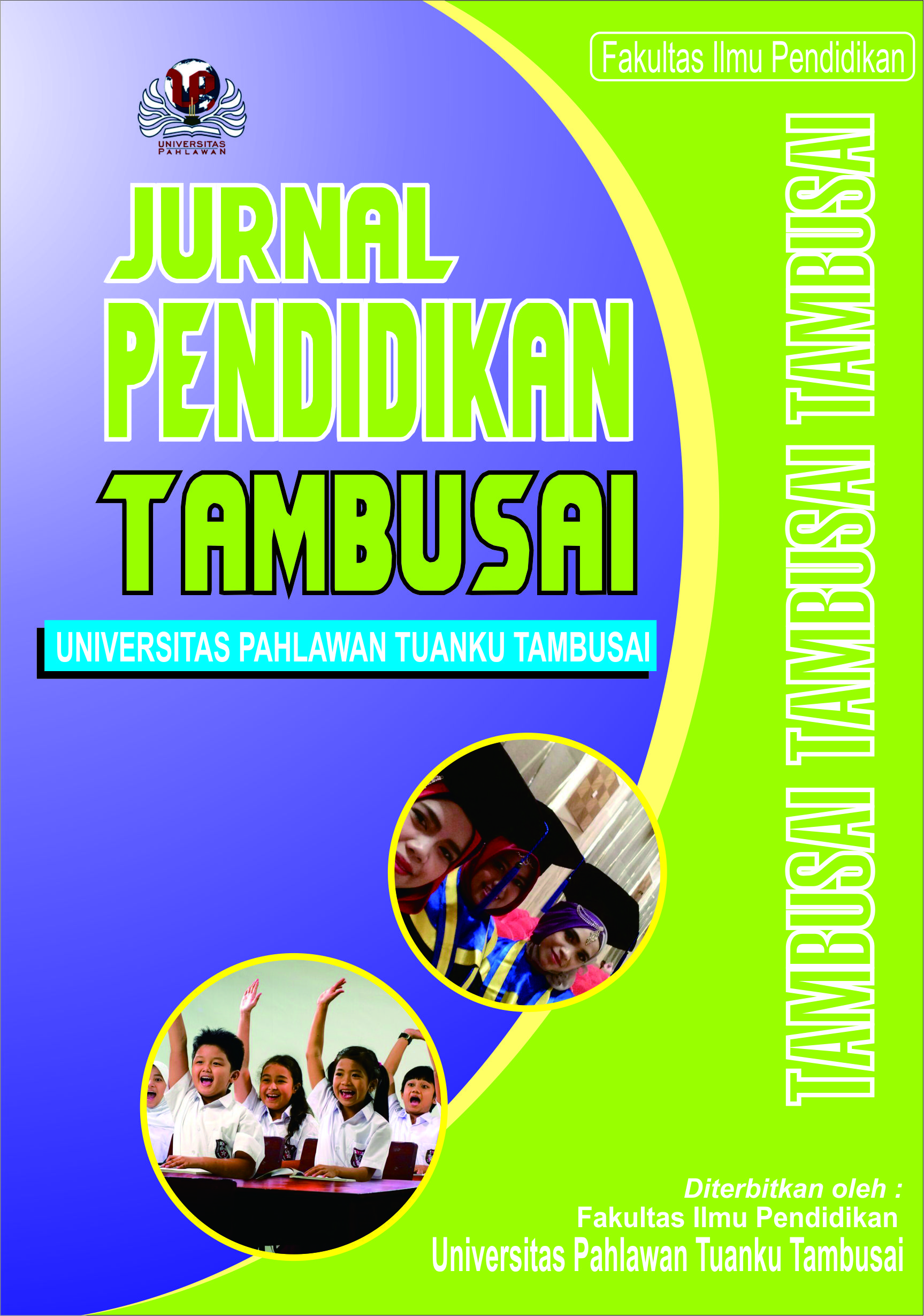Rekaskill Literasi dan Enterpreneurship melalui Pelatihan Menulis Kreatif dan Pembuatan Sablon Bagi Anak-Anak di Desa Lumindai Kota Sawahlunto
DOI:
https://doi.org/10.31004/jptam.v8i1.13403Keywords:
Pelatihan Menulis, Sablon, Literasi, EnterpreneurshipAbstract
References
Adnyana, I. B. A., Putra, K. D. C., & Suryaniadi, S. M. (n.d.). Pengaruh Metode Quantum Writing terhadap Keterampilan Menulis Akademik. 17.
Atmojo, E. R. D. (2020). Pengembangan Kemampuan Menulis Cerita Fiksi Siswa Sekolah Dasar. Jurnal Abdidas, 1(3), 172–182. https://doi.org/10.31004/abdidas.v1i3.39
Cahyani, I. (2012). Pembelajaran Menulis Berbasis Karakter Dengan Pendekatan Experiental Learning. Bandung UPI Press.
Khan, R. I., & Wulansari, W. (2021). Pengaruh Pemberian Pelatihan Menulis Kreatif Terhadap Keterampilan Menulis Dongeng Anak. Jurnal Pelita PAUD, 6(1), 15–23. https://doi.org/10.33222/pelitapaud.v6i1.1329
Loilatu, S. H. (n.d.). KEMAMPUAN MENULIS KARANGAN NARASI BERDASARKAN PENGALAMAN PRIBADI SISWA. 1(2).
Mubarat, H., & Iswandi, H. (2018). PELATIHAN SABLON DALAM UPAYA MENINGKATKAN KETERAMPILAN SISWA/I JURUSAN MULTIMEDIA SMK MUHAMMADIYAH 2 PALEMBANG. Jurnal Abdimas Mandiri, 2(2). https://doi.org/10.36982/jam.v2i2.527
Muslim, B. (2018). PERAN PUSTAKAWAN DALAM MENINGKATKAN LITERASI MASYARAKAT. 2(2).
Nusantara, G. (2003). Panduan Praktis Cetak sablon: Memanfaatkan Waktu luang. Kawan Pustaka.
Rusli, D., Ayu, R., Rahmayanti, E., & Hayati, N. (n.d.). Pengembangan Skill Mengajar Dengan Pelatihan Peningkatan Literasi dan Keterampilan Presentasi Bagi Guru SMA 5 Pariaman.
Susanti, E. (2019). Keterampilan Berbicara. PT. Rajagrafindo Persada.
Zubaidah, E. (2015). PENINGKATAN KEMAMPUAN MAHASISWA MENULIS CERITA ANAK MELALUI STRATEGI MENULIS TERBIMBING. LITERA, 14(1). https://doi.org/10.21831/ltr.v14i1.4415
Pemdes Lumindai. (2023). Profil Desa Lumindai. Diakses pada 20 Februari 2023. https://www.lumindai.desa.id
Downloads
Published
How to Cite
Issue
Section
Citation Check
License
Copyright (c) 2024 Elsa Rahmayanti

This work is licensed under a Creative Commons Attribution-ShareAlike 4.0 International License.
Authors who publish with this journal agree to the following terms:
- Authors retain copyright and grant the journal right of first publication with the work simultaneously licensed under a Creative Commons Attribution License that allows others to share the work with an acknowledgement of the work’s authorship and initial publication in this journal.
- Authors are able to enter into separate, additional contractual arrangements for the non-exclusive distribution of the journal’s published version of the work (e.g., post it to an institutional repository or publish it in a book), with an acknowledgement of its initial publication in this journal.
- Authors are permitted and encouraged to post their work online (e.g., in institutional repositories or on their website) prior to and during the submission process, as it can lead to productive exchanges, as well as earlier and greater citation of published work (See The Effect of Open Access).



